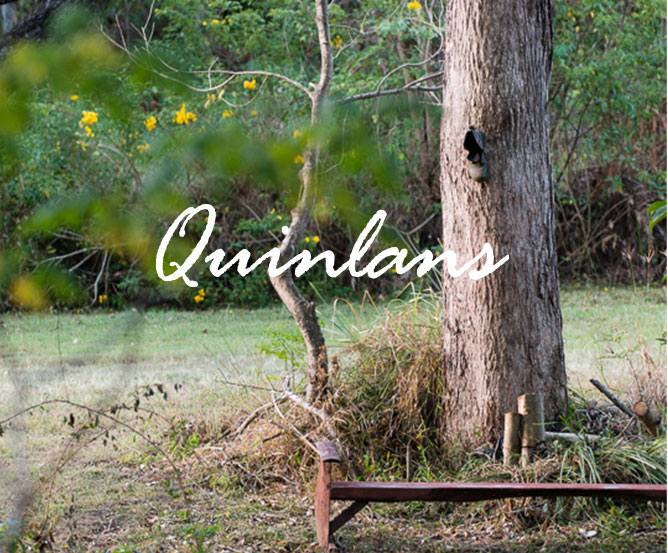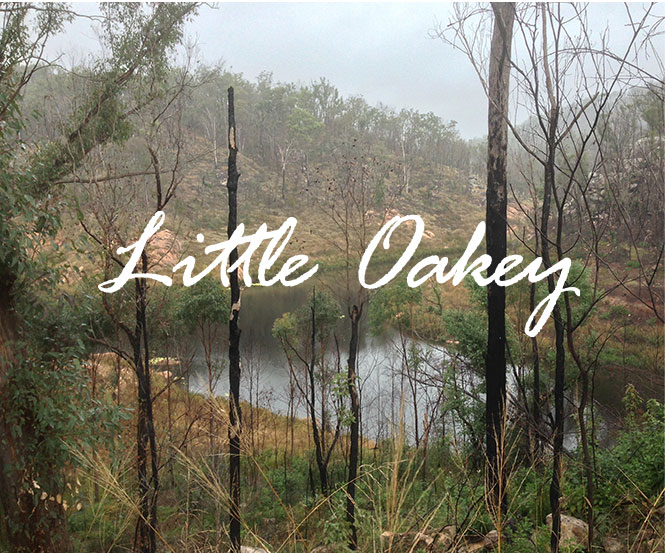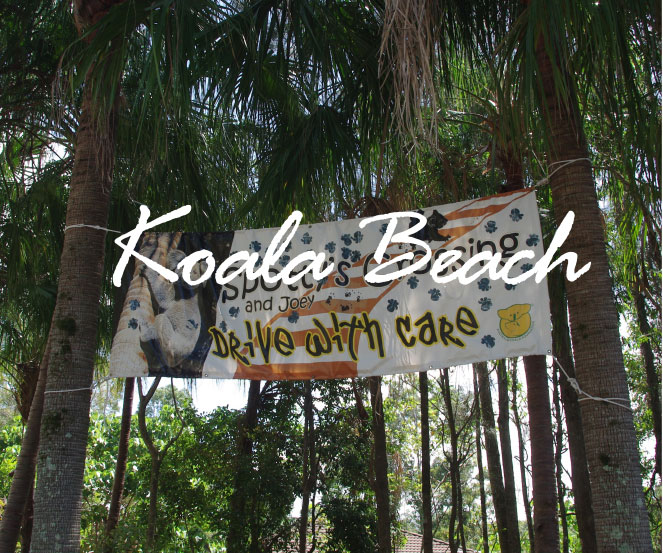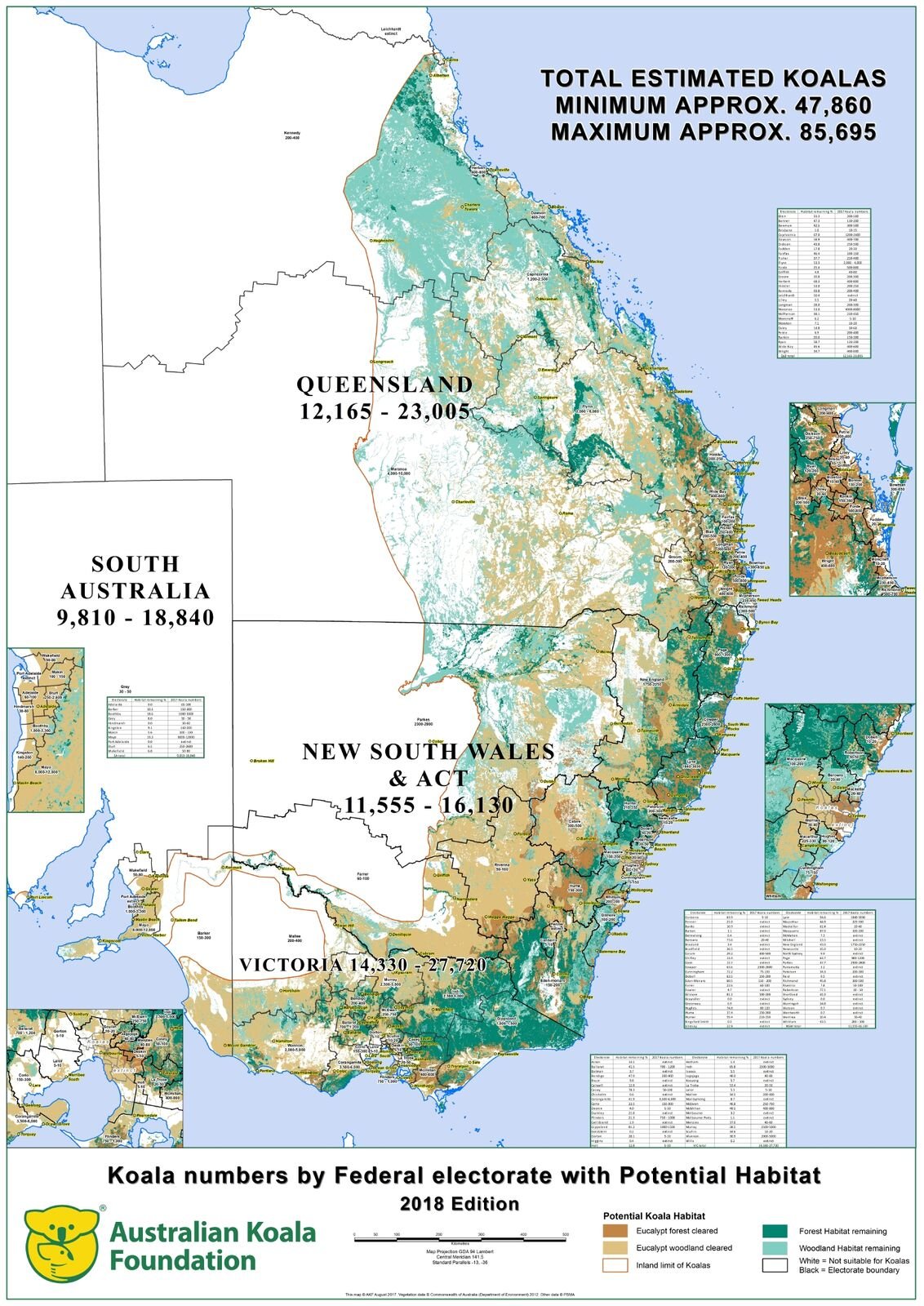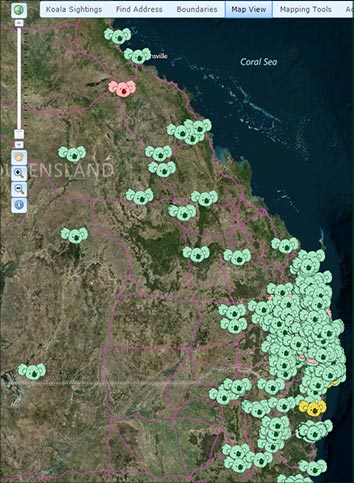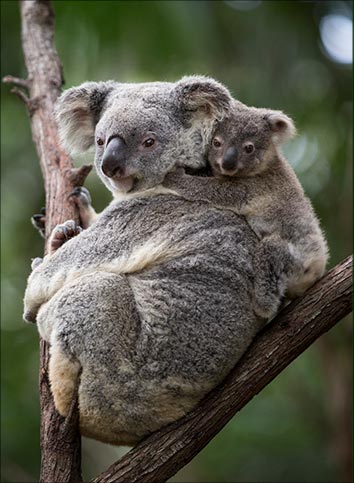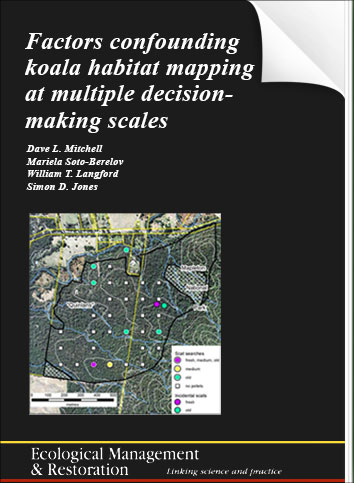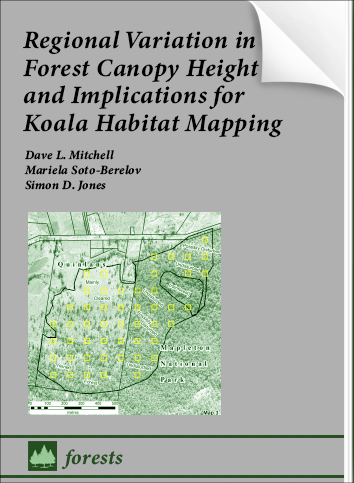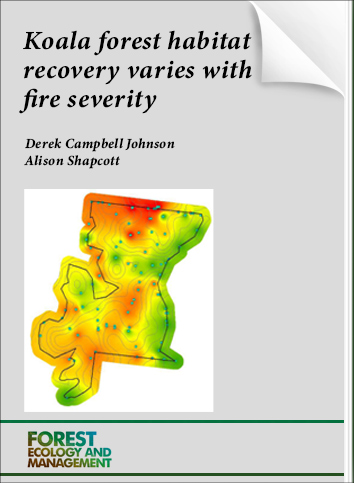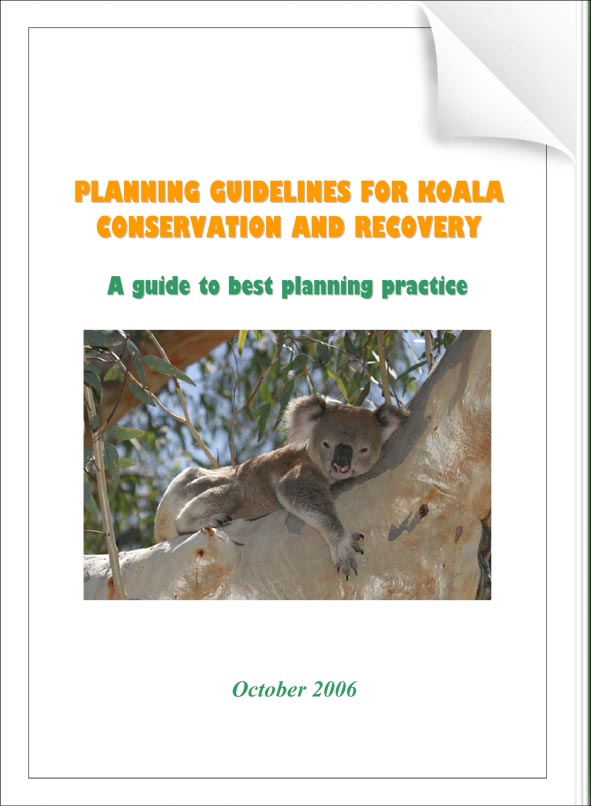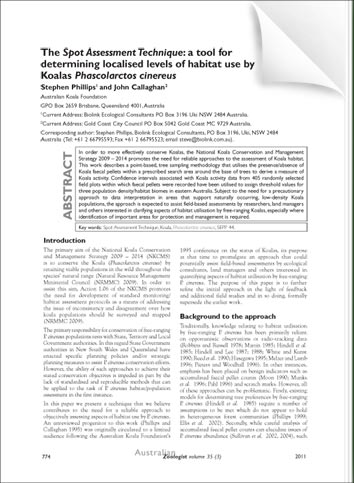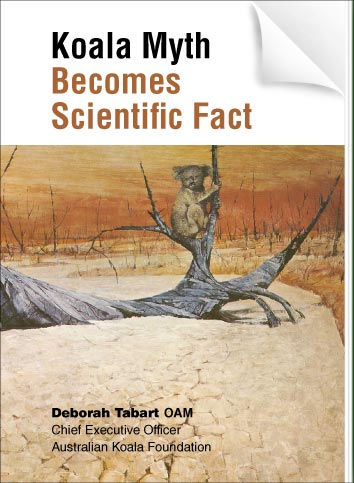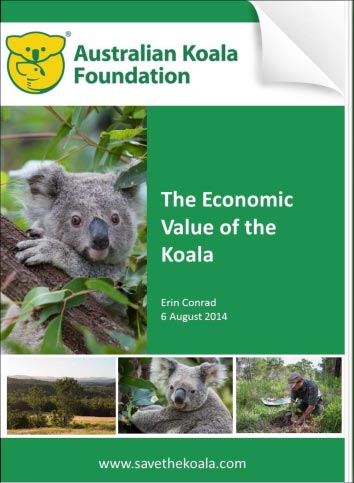Conservation
Research
Mapping
The Koala Habitat Atlas
The Koala Habitat Atlas is the spearhead that encapsulates the Australian Koala Foundation’s prime objective—conservation of Koalas in the wild—using Geographic Information System (GIS) technology. Habitat that Koalas need to survive is identified, mapped and ranked to give land-use planners this vital information in a practical format.
More Information
Bob’s Map – Koala populations
Following the 2006 decision by the federal government to not list the Koala as ‘Vulnerable’, the Australian Koala Foundation (AKF) made the decision that in order to protect the species, we needed to have confidence in just how many Koalas remained in the wild, and where those Koalas were located. This resulted in Bob’s Map (named after the past chairman of the AKF); a project, based on best science, with the specific aim of estimating and monitoring the national Koala population.
More Information
Koalamap
KoalaMap is an online resource for the public to report and view Koala sightings. These sightings are crucial to the AKF’s work: not only can we see where Koalas are, we can see how healthy they are (and if they have joeys) and the threats they face in different areas (disease, car strikes and dogs).
Remember that Koala sightings on Koalamap should not be seen as Scientific evidence of the absence of presence of Koalas. Lack of sightings in any particular area does not mean that there are no Koalas, it just means that no-one has reported them. THEY SHOULD CERTAINLY NOT BE USED AS AN INDICATOR THAT WILL ALLOW APPROVALS FOR A DEVELOPMENT APPLICATION.
More Information
Act or Axe
Act or Axe has been an AKF initiative since 2007, when our Board made it abundantly clear that the Federal Government is the custodian of the Koala—not zoos, not wildlife sanctuaries, nor the average Australian. Our Federal Government and its elected representatives need to understand the Koala and its trees must be considered as part of their electoral responsibilities.
Visit Act or Axe
Key Research Documents
National Koala Tree Planting List
Rather than publish the full Koala Tree list, we have decided to make things easier for those simply wanting to plant trees for Koalas. Our researchers have analysed our extensive Koala Tree Species preferences database, and selected the most appropriate trees for planting on a region-by-region basis. If you want to plant trees to help save the Koala, simply find the species for your Local Government Area, and head down to your local Garden Centre or Tree Supplier. You may also be able to source plants through programs such as Land for Wildlife, or your Local Council.
More Information
Remote sensing shows south-east Queensland koalas (Phascolarctos cinereus) prefer areas of higher tree canopy height within their home ranges
Home range studies allow investigation of faunal habitat use within a well-defined area, and for some species, the concept of ‘core’ and ‘non-core’ home ranges provides the means to examine how resource use varies within home ranges. Taking this approach, we investigated whether koalas preferentially used areas of taller forest canopy within home ranges. After an extensive examination of data quality and home range estimation methods, we used remote sensing techniques to provide canopy height information at high resolution.
Read document
Factors confounding koala habitat mapping at multiple decision‐making scales
The Koala primarily eats leaves of the Eucalyptus genus and wildlife managers are, in most cases, currently dependent on habitat maps depicting food resource availability derived from low‐resolution regional‐extent vegetation maps. These maps might not capture resource variability at planning extents, or at resolutions where Koala ecology processes operate. Consequently, potentially high‐quality habitat may not be considered in planning decisions. We examined four different broad‐scale low‐resolution habitat maps within a small area in southeast Queensland and compared the classifications of each.
Read document
Regional variation in Forest Canopy height and implications for Koala Habitat Mapping and Forest Management
Previous research has shown that the Koala (Phascolarctos cinereus) prefers larger trees, potentially making this a key factor influencing koala habitat quality. Generally, tree height is considered at regional scales which may overlook variation at patch or local scales. In this study, we aimed to derive a set of parameters to assist in classifying koala habitat in terms of tree height, which can then be used as an overlay for existing habitat maps. To determine canopy height variation within a specific forest community across a broad area in eastern Australia, we used freely available Airborne Laser Scanning (ALS) data…
Read document
Koala forest habitat varies with fire severity
The koala (Phascolarctos cinereus) is at risk of extinction in the wild as a result of ongoing habitat loss due to clearing, and extreme weather events including fire. In 2022 the Australian government upgraded the conservation listing of the koala from Vulnerable to Endangered. In late 2019 and in 2020 Australia experienced widespread severe wildfires and many threatened species were adversely affected. A 230 hectare forested property with known koala habitat near Crows Nest, Queensland, Australia, was surveyed three months after a wildfire in November 2019, to assess impact, and then annually for three years to assess recovery. The most resilient tree species and forest types were identified to assess koala habitat robustness…
Read document
Planning Guidelines for Koala Conservation and Recovery
The aim of these guidelines is to inform local government planners, regional planning bodies, community organisations, developers and environmental consultants how best to conserve and restore koala populations in fragmented landscapes. They specifically target the urban and semi-urban local governments and regions of Queensland, New South Wales and Victoria, although the general principles captured in the guidelines equally apply to rural areas.
Read document
The Spot Assessment Technique
In order to more effectively conserve Koalas, the National Koala Conservation and Management Strategy 2009 – 2014 promotes the need for reliable approaches to the assessment of Koala habitat. This work describes a point-based, tree sampling methodology that utilises the presence/absence of Koala faecal pellets within a prescribed search area around the base of trees to derive a measure of Koala activity.
Read document
Koala Myth becomes Scientific Fact
The purpose of this paper is to discuss how an old myth has become scientific fact. This paper will show how the following words, “There were no bears on the Goulburn when the white men arrived, and I believe this is because they were an easy meal for an aborigine”, has now become part of the scientific literature and how a comment made in the 1800’s is now influencing government policy on the koala.
Read document
The Economic Value of the Koala
The goal of this report is to estimate the current economic value of the koala in Australia, but the overarching emphasis is on protecting the koala and its habitat as part of its
ongoing well-deserved right to a place in the world.


